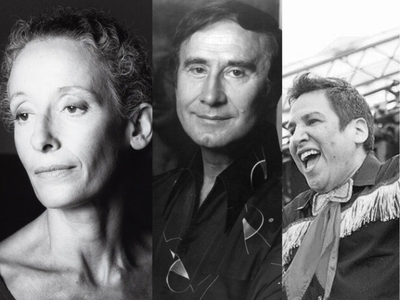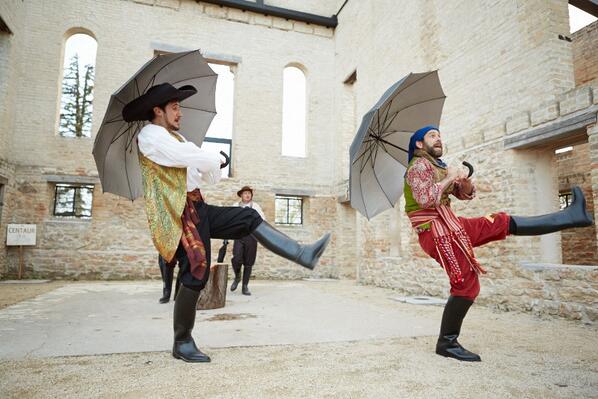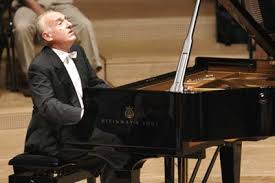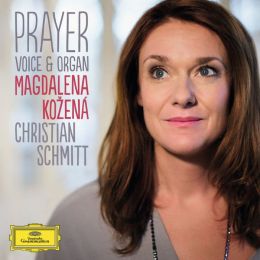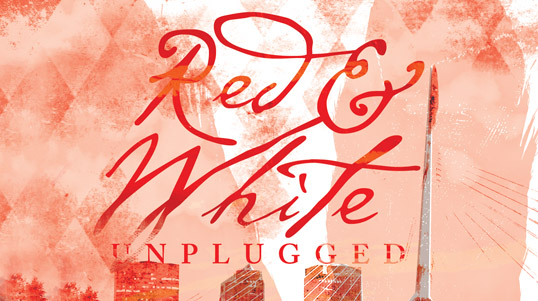Arts & Culture
New study, poll show economic value of arts and culture in Manitoba
The Manitoba Arts Council is highlighting the economic value that the arts and culture sector has in the province with a new study published concurrently with a poll that examined how Manitobans value the arts in their communities. Randy Joynt, the executive director of the Manitoba Arts Council, points out that although Manitobans appreciate the well-known benefits that the arts provide when it comes to edifying their communities and providing memorable cultural experiences, the more tangible, pragmatic benefits that the sector provides are less recognized. “We knew it’s an incredibly powerful economic engine for Manitoba,” he explains, “so we really wanted to provide that information for everybody to have.” .embed-container { position: relative; padding-bottom: 56.25%; height: 0; overflow: hidden; max-width: 100%; } .embed-container iframe, .embed-container object, .embed-container embed { position: absolute; top: 0; left: 0; width: 100%; height: 100%; } Read the full report here. The study, which examined data from 2023 through 2024, looked at the economic impact through three different lenses: data from Statistics Canada, spending habits of tourists who take in arts and culture activities, and investments made by the Manitoba Arts Council. Several illuminating data points emerged from this data about what the true value of the arts and culture sector can be. “We see that the arts and culture sector contributes 3% to Manitoba’s gross domestic product and employs over 20,000 people,” Joynt illustrates, noting that those numbers put the arts and culture sector on par with other industries like commercial construction. Another key point came in observing the spending habits of tourists who take in arts and culture events – double that of those who abstained from such activities. “That tells us that it’s a real value add for the whole tourism spending economy,” says Joynt, adding that this adds another 4,500 that are not a part of the previous employment figure and another 78 million dollars in tax revenue. View this post on Instagram A post shared by Manitoba Arts Council (@mbartscouncil) While the data shows an empirical connection between healthy communities and investment in the arts, Manitobans do not seem to appreciate the size of the economic value the sector provides. The poll published alongside the study, conducted by Probe Research, shows that support for civic funding for the arts in rural communities is far lower than in urban centres. Joynt is hopeful that the study will be able to be presented to local governments as well as private sector investors to show what the return on arts investment can be, regardless of where performances, exhibitions or presentations take place in Manitoba. “I think it’s an access question,” Joynt says when asked about the rural-urban divide in valuing the role of the arts in communities. “I think our work as a council is to make sure folks in every corner of the province have the access they deserve as well to arts and culture, and I think we would see that balance start to change if that access piece is worked on.”
